Speak to one of our experts now about this offer
A safari in Botswana is like no other. Hidden in private pockets of romantic wilderness, these outposts are designed to make you feel like the savannah is yours alone to explore.
Botswana is an increasingly popular destination among those who want to experience a safari with a difference. The Okavango Delta, Botswana’s watery heartland, sparkles so brightly under the warm African sun, it almost feels like a mirage. Arriving by Cessna aircraft fuels the bubbling anticipation, with a birds-eye view of the sprawling wetlands, so verdant and wild you feel as though you’ve stumbled upon uncharted land. Here, everything is off-road. There’s not one person to be seen nor any engine noise to drown out the sound of chattering birds. Paddling silently through the lily pads in a traditional mokoro canoe allows you to get closer to the smaller, less conspicuous wildlife like tiny marbled reed frogs and great swooping fish eagles that make their home among the reed-studded waterways. On the Delta’s eastern side, Moremi, a spellbinding game reserve is full of roaming big cats and wild dogs to track. The Chobe National Park is where you can explore in 4x4 vehicles and riverboats to spot herds of elephant shambling to the riverbank and hippo grunting in the lagoons.
In the northern Kalahari Desert, the Makgadikgadi feels otherworldly. Its ephemeral salt pans, some so large they’re visible from space, transform into lunar landscapes with blinding white salt crust that crunches underfoot. During the rains, the pans turn into turquoise pools drawing vast numbers of wildlife including flocks of bright pink flamingoes and migratory zebra who make their 250km linear pilgrimage to graze on the palm-studded grassland. It’s the perfect place for a unique safari; exploring ancient terrain with the Zu’Hoasi bushmen under gaping big skies.
Botswana safaris
In Botswana, safaris have levelled up. Exclusivity is the buzz word here with low-level, high-end tourism being the top focus. The hoards don’t descend on the country’s parks as it’s far more remote and a little more convoluted(/tricky) to reach than those poster-child safari spots. But boy is the journey it worth it. When you’re sedately skimming across the floodwaters of the Okavango Delta, kicking back in the Kalahari Desert and seeking out the stately elephants of Chobe, you’re likely to be one of very few humans for miles. For this reason, safaris in Botswana are at the higher end of the cost spectrum so are the very model of an ultimate bucket list holiday.
Botswana Regions
Our recommendations for the best places to visit in Botswana
Our favourite trips & safaris
Holidays in Botswana
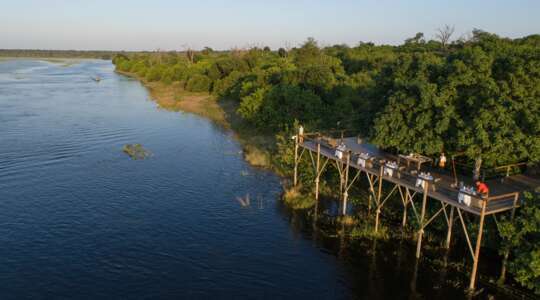
- Chobe National Park
- 4.5 Star
Sat beside the meandering Chobe River where herds of elephant and impala come to drink, the setting of this spectacular lodge is unparalleled.
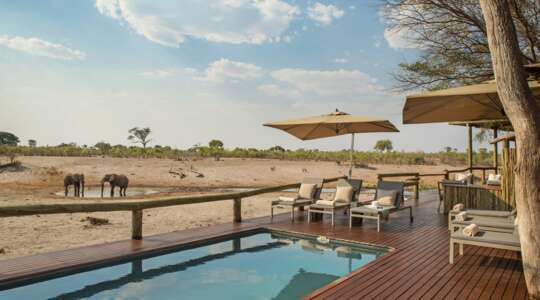
- Chobe National Park
- 4.5 Star
A friendly, intimate lodge on the Savute Channel
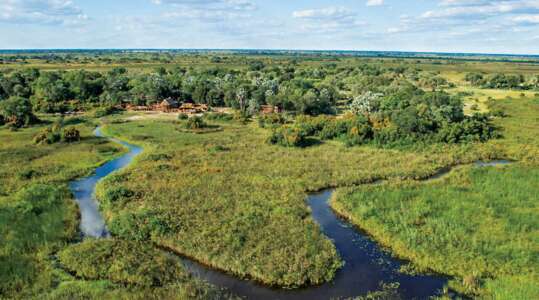
- Okavango Delta
- 4.5 Star
Providing year-round access to the Okavango Delta, hear hippos graze beneath your suite at Camp Okavango.

- Okavango Delta
- 4.5 Star
Discover a remarkable water camp of thatched roofs and reed set amongst a wild world of eagle owls and hippos.
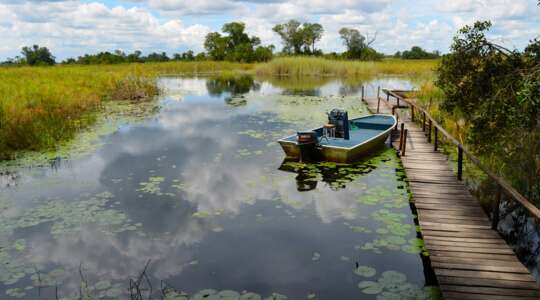
- Okavango Delta
- 4.5 Star
A secluded lodge perched on a private island surrounded by the winding waterways of the Okavango Panhandle
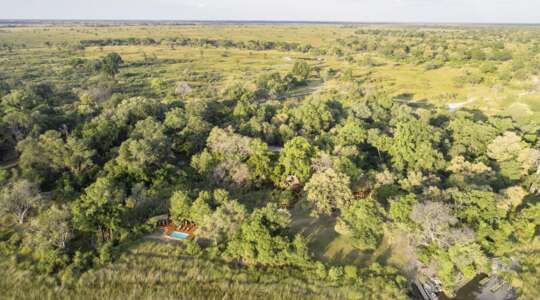
- Moremi Game Reserve
- 4.5 Star
An intimate safari lodge set in a peaceful location on the edge of the Xakanaxa Lagoon.

- Moremi Game Reserve
- 4.5 Star
Overlooking the banks of the Khwai River on the Xakanaxa Lagoon, this tented safari camp provides an authentic safari experience.
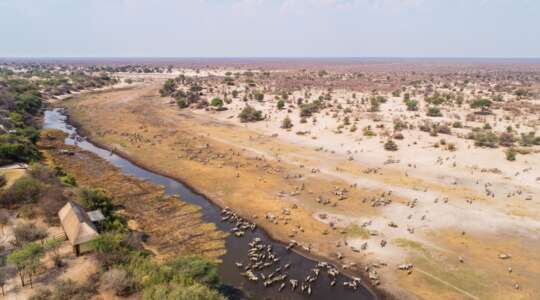
- Makgadikgadi Pans
- 4.5 Star
An authentic lodge experience on the edge of the Makgadikgadi Pans National Park.
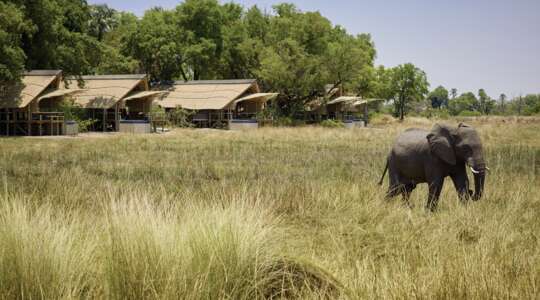
- Okavango Delta
- 5 Star
This luxurious, tented safari camp is set on a private island in the heart of Botswana’s World-Heritage listed Okavango Delta.
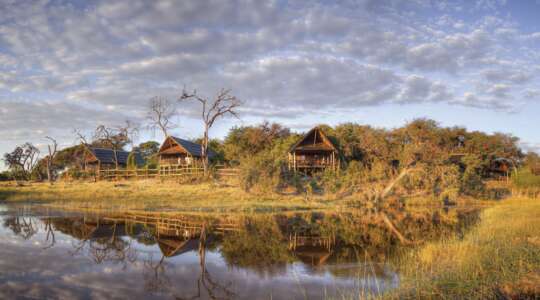
- Chobe National Park
- 5 Star
A boutique luxury safari lodge, set on the banks of the beautiful Savute Channel.
You may also like
If you’re looking for remote and oh-so rewarding safaris, then beautiful Botswana will suit your style. Here, deserts, deltas, fauna and fauna await adventurous travellers.
Our recommended Botswana safaris
In Botswana, safaris have levelled up. Exclusivity is the buzz word here with low-level, high-end tourism being the top focus. The hoards don’t descend on the country’s parks as it’s far more remote and a little more convoluted(/tricky) to reach than those poster-child safari spots. But boy is the journey it worth it. When you’re sedately skimming across the floodwaters of the Okavango Delta, kicking back in the Kalahari Desert and seeking out the stately elephants of Chobe, you’re likely to be one of very few humans for miles. For this reason, safaris in Botswana are at the higher end of the cost spectrum so are the very model of an ultimate bucket list holiday.
Our recommended Botswana safaris
Okavango Delta Safari By Foot and Mokoro
Among the lagoons, channels, woodlands and islands of the Okavango Delta, you will be blessed with some of the most incredible wildlife-spotting in Botswana. There are several different ways to experience the region. Among the most popular activities are the walking safaris where being on foot gives you a completely different perspective.
Motorboats take guests to one of the islands to embark on a hike with an armed ranger. As you cruise along the river you might spot hippos, crocodiles or occasionally the rare sitatunga antelope. The morning light on the papyrus plants and water lilies is always beautiful.
Once on the island, you follow the guide in single-file, stopping to see wildlife while learning about the medicinal properties of the plants. It's a good opportunity to see the smaller things that might have been overlooked on a game drive, like the foam nest frog, which produces a fascinating nest in the tree. You can learn so much from even a pile of dung; you can see what the baboons have been scratching at and what the dung beetles have been busy at.
Seeing big game on foot is always special too – it might be an elephant, a buffalo, a giraffe or even a lion. Occasionally you might be lucky enough to see a full pride. Being on foot gives you a completely different perspective of the size of these animals.
The highlight of the delta for many is heading out on a mokoro trip – you’re ‘poled’ through the shallow waterways in a traditional wooden canoe, gliding through reeds and waterlilies as you pass elephants, hippos, crocodiles, fish eagle birds and other wildlife. It’s a really peaceful way to see the channels. Watching the sun set over the water is one of the favourite sights in the delta.
Flying over Botswana's Forever Changing Landscape
Flying over Botswana makes you appreciate just how vast it is. Seeing the Okavango Delta from above is an especially humbling experience – it’s so huge and unexplored. There’s the Savute region, Chobe National Park, the Boteti River and all the tiny villages and towns dotted in between. Every flight is unique. You can often see larger wildlife like elephants, buffaloes, hippos and giraffes or you might see lions and leopards, or floods arriving and storms building. The highlight is often landing on ‘bush’ airstrips that are often just gravel or grass in what feels like the middle of nowhere.
Safari Air launched in 1989 to whisk guests between Botswana’s remote Desert & Delta camps, and it’s an incredible way to see the country. The planes are based at Maun airport and depart whenever guests need them. Flights can be anything from 10 to 70 minutes, depending on routes. They’re light aircrafts – Cessna Airvans and Cessna Grand Caravans – fitting between six and 11 people, so they’re about the size of a small bus. You can see the pilot sitting in the front, which is an experience in itself. The pilot conducts a short briefing on the flight before passengers are flown to and in between each destination. For guests who’ve just flown into Johannesburg or Cape Town on a huge Boeing and then landed in Maun, it’s an especially exciting – sometimes overwhelming – experience.
Chobe Game Lodge Safari
Chobe Game Lodge offers riverboat safaris as well as 4×4 game drives and, as the only camp located inside Chobe National Park, there is the chance to see wildlife before anyone else arrives. Game drives will take you deep into the national park, which is home to the largest population of elephants in Africa. On the riverboat safaris, you will glide silently along the Chobe. You will stop for sundowners in a big open area where animals come to drink.
Morning game drives set off at around 5.30am, stopping for coffee and biscuits in the bush halfway through, and in the afternoon you will leave at 3.30pm before returning to the lodge for sundowners. You will go deep into the national park, which is home to the largest population of elephants in Africa – around 120,000. You may see large herds of elephants as well as lions, buffaloes, wildebeest, giraffes, antelopes and, if you’re lucky, the occasional leopard lazing in the trees. Lechwe flats is a favourite game viewing area with guests and the landscapes are amazing too; you can see the beautiful Chobe River with views across to Namibia as you cross the dry, dusty plains.
On the riverboat safaris, you will head out in the afternoon in small pontoons, which are all electric and solar-powered. Glide silently along the Chobe, heading west away from the other boats, so that you are usually the only boat in the area. You may spot crocodiles and hippos in the water as well as elephants and other animals on the riverbank. There are lots of birds too, including fish eagles hunting from the river. After a couple of hours, you will stop for sundowners in a big open area beside the river, where animals come to drink. Watch the sun set over the river, which is always spectacular – all deep reds and oranges, reflecting on the water below.
Chobe Game Lodge Eco-Tour
Sustainability is a big thing at Chobe Game Lodge and, as the only camp inside the national park, they try to minimise their impact on the natural environment as much as possible. Behind-the-scenes eco-tours are run for guests wanting to learn more. See the back-of-house kitchen, which runs on gas made from biodegradable waste at their biogas plant, see the recycling plant, grey water facility and workshop. The recycling processes include glass crushing to manufacture bricks on-site, which are then donated to the local community to be used for housing. Plastic bottles are crushed to be recycled by the supplier, and grey water is reused to keep the grounds green.
Around 95% of all waste at the lodge is recycled and the boardwalk overlooking the Chobe is built from recycled timber-plastic. They were the first camp in Botswana to launch electric-powered safari vehicles, and the boats are also electric as well as solar-powered.
They also work with local communities, training young people to develop their skills, and they fund several initiatives, including the Turning Heads Beauty Salon, which employs vulnerable women. Two-thirds of the lodge staff are women and it was here Botswana’s first all-female guiding team began.
Safari in the Savute
Tucked away in the remote southwestern part of Chobe National Park is the Savute area. This fascinating region has been shaped by the unpredictability of the Savute Channel, sometimes remaining dry for years, other times the ancient waterways fill the Savute Marsh. Guests can experience its diverse wildlife and ancient terrain in a variety of ways.
The Savute is an amazing area for lions. You can head out on game drives into the vast, flat plains surrounding your lodge and spot their sandy coloured bodies in huge numbers of twenty or thirty, prowling the savanna in search of prey. You may also see other predators like leopard and cheetah that reside in the hilly terrain.
Visit the corridor of huge baobab trees. Their trunks are three times an average arm span and as you sip on a gin and tonic while admiring these ancient giants as the sun slowly sets, it's the perfect Instagram moment. If you’re feeling energetic you can climb the nearby hill to observe San Bushmen paintings which date back over 1,500 years old before returning to your lodge for star gazing.
Leroo La Tau and the Boteti River Safari
Leroo La Tau is based right in front of the Boteti River, so you will get to see plenty of wildlife grazing outside the lodge especially from June to November when the zebra migration passes through, often followed by a range of predators.
The main activity here revolves around game drives. Enjoy morning and afternoon drives in Makgadikgadi Pans National Park, which sits just across the river and attracts lots of wildlife. You may see lions, elephants, giraffes, hyenas, bushbucks, kudus and more roaming the grassland and scrubland – sometimes you might even spot a leopard or cheetah. On the afternoon trips, you will stop for snacks and sundowners as the sun sets over the Boteti River, painting the sky and river red.
When the water is high enough, motorised boat trips on the Boteti River are offered so you can witness all of the action. See zebras and elephants coming to drink, as well as other game such as impalas, kudus and giraffes. Being on the river gives you a unique perspective of the area.
Sleep under the stars on the Makgadikgadi Salt Pan
In prehistoric times, the Makgadikgadi Salt Pan was one of the biggest inland lakes in the world – it’s now a huge collection of salt flats, covering more than 6,000 square miles in total. It looks like the moon, and you get the sense it just stretches on forever. A very special experience is to sleep out on the pans. The best thing about this experience is the silence of it all – there’s nobody else for miles around, and you get a real sense of the vastness of these sprawling pans.
Leroo La Tau have been offering daytrips here for a while, taking guests to the Nxai Pans, located around a four-hour drive from the lodge. A very special experience is to sleep out on the pans. The experience is offered free for anyone staying three nights or more in the dry season (July to the end of October) and you will be taken out in groups of up to six, although it can also be booked privately.
The sleep out is located around a five to six-hour drive from the lodge, so you will leave straight after breakfast, stopping for lunch on the way and arriving late afternoon. For an extra charge, 30-minute helicopter transfers are also available, which take guests over the pans to see these vast, glittering landscapes from above. On arrival, there are bedrolls laid out and a toilet – and then it’s just a huge stretch of white. A traditional bush dinner is prepared and served round an open fire with drinks as you watch the sun set over the pans. Then, when it gets dark, the stars come out. There’s no light pollution here so it feels like being in a real-life planetarium.
In the morning, you will be served a continental breakfast before making the journey back across the pans to the lodge, sharing stories from the experience. It does get cold, so bring plenty of layers.
Local Village Visit to Khumaga
At Leroo La Tau there is a big emphasis on supporting the local community which guests get a chance to see it in action. On the last day of your stay, on the way to the airstrip, you can be taken to the village of Khumaga, where most of the staff live. You will be warmly welcomed by the local residents and this experience offers a completely different side to the rest of your holiday, leaving you feeling culturally enriched and more knowledgeable about the region and its people.
Desert & Delta Safaris supports a number of initiatives which you can see on a tour around the village. Stop in a local shop and see the clinic – you might find yourself speaking to the shop owner or a nurse, hearing stories from the people that call the village home.
Witness the Zebra Migration from Leroo La Tau
Everyone knows about the Great Migration in the Serengeti, but not many people talk about Botswana’s migration. But every year, thousands of zebra and wildebeest make their way from the wetlands of the north to the pans to seek fresh grass, marking the second-biggest zebra migration in Africa.
The Boteti River is key to the annual zebra migration, making Leroo La Tau the perfect spot to witness Africa’s second-largest gathering of zebra and wildebeest. During the dry season, normally from June to November, the zebras migrate south to the river in search of water.
Helicopter Flight to Makgadikgadi Salt Pans
To truly experience the vastness of the Makgadikgadi Salt Pans, you need to take to the air. Whether you are transferring to your sleep out experience or want to see the dramatic landscapes we can arrange a variety of helicopter flights from Leroo La Tau.
Why not arrive in style to your sleep out experience with a 30-minute helicopter flight direct to the camp? Or take a helicopter scenic flight to take in the sheer expanse of the Makgadikgadi Pans wilderness region. Each month of the year offers different experiences. From the dusty tracks created by the thousands of zebras as they migrate along the Boteti River to the endless water basins lined with lush green islands.
Safari in Moremi Game Reserve
The Moremi Game Reserve is known for its different ecosystems. The landscapes change from deep waterways and floodplains to open savannah and forests which attracts a huge range of wildlife.
You may see lions, buffaloes, wildebeest, giraffes, zebras and impalas. If you’re lucky you might spot a cheetah or a leopard. The highlight for many, though, is seeing the endangered wild dog – they’re exceptional hunters and you often see large packs together. The area is also home to the rare lechwe and sitatunga antelopes as well as big herds of elephants.
Game drives will take you to see all this, visiting different spots like Douglas Island, Maya Pan and Dead Tree Island, which is named for its landscape of barren mopane trees, which drowned when the channel changed. At Paradise Pools you may see antelopes drink around the watering holes next to swamps filled with reeds. These islands offer amazing flora and fauna and are popular grazing areas for a variety of animals and birdlife.
As well as game drives, you can join motorboat tours on the lagoons and channels, with chances to spot hippos, crocodiles and lots of colourful birdlife – especially in the spring and summer, when migrant birds are breeding. Fish eagles, crested cranes and the sacred ibis are among the birds that call this area home, and you will get a different perspective when you see it all from the water. Sundowners in the bush as the sun sets is a memory that will stay with you.
Sleep Out in the Bush at Camp Okavango
Camp Okavango has a prime position in the delta and to fully experience its setting, from April to October and for an extra cost, you can sleep out on a deck in the middle of the bush. After a private afternoon activity, you will be driven to the sleep out deck where a candlelit dinner will be served.
It’s about a 10-minute drive from the lodge, in a really remote area, with a double bed and bathroom set up on a raised, stilted platform. The deck is totally open apart from mosquito nets, so expect to hear plenty of night sounds. You can see and hear plenty of wildlife passing by beneath you – hippos grazing on the grassy area around it, reminding you you’re in the Okavango Delta. You may also hear owls, elephants, and sometimes the lion’s roar. It can get cold in the night, so bring lots of warm layers, but there are hot water bottles in the bed to keep you warm, and because it’s the dry season, there aren’t many insects around. Sleeping under the stars in the middle of nowhere might not be for everyone, but for guests after a real adventure, it’s an amazing way to experience the bush. Your guide will leave you for the night, staying close by so they are on call if needed and you will also be given a radio. In the morning, your guide will arrive with tea and coffee.
One of the biggest draws is sleeping under the clear night sky; the stars are very bright here as there’s no light pollution, and you can often see satellites going over. In the morning there’s an amazing sunrise over the delta, as the deck faces the east.
Helicopter Flight over the Okavango Delta
People talk about Botswana as the last true wilderness – of course there are other places in the world that are equally remote, but there aren’t many other safari destinations that feel this wild and cut off. Experience the full remoteness with a helicopter flight over the Okavango Delta. Choose from 30, 45 and 60 minute flights and to make it a little more adventurous, you have the option of flying with the doors off. The unrestricted views are amazing for photography.
An early morning flight reveals the waking wildlife. With unhindered views you can marvel at mighty oxbow rivers and vast networks of channels and lagoons without the presence of mankind. Ask the pilot to fly low and you can virtually skim the fig canopies to get a closer look at the Okavango’s exquisite game. This could include huge crocodile basking on the sun-drenched banks, hippo wallowing in the shallows and spectacular birdlife from great white pelican to diverse species of long necked herons. You’ll often hear the call of a lion roar over the wetlands. Your pilot, a top safari guide will point out where a pride might be roaming or where to capture the best panoramic picture.
Horseback and Helicopter Ride from Eagle Island Lodge
Once-in-a-lifetime opportunities don’t come around often. Horse riding in the Okavango Delta is one of those. From Eagle Island Lodge, it’s a ten-minute riveting heli-ride to the stables. The helicopter doors are completely removed so you can take in unrestricted views of the Okavango’s legendary wetlands. After savouring the intricate networks of channels and lagoons, you land and meet your well-groomed horses from glossy Arabians to home bred Botswana Warm Bloods.
The saddles are really comfortable and your new vantage point offers a whole new perspective of Botswana’s extraordinary wilderness. The wildlife here is undeterred by the presence of horses so you can tune into the unspoiled nature like an invisible bystander. Your guide, who’s happiest when in the saddle, will take you through the flooded grasslands and islets while regaling a story or two about the delta’s days gone by.
You may hear the haunting cry of a circling fish eagle or the light splash of long legged lechwe sprinting along the golden floodplains. You can cover great distance galloping at speed, water spraying from under drumming hooves. You might see grazing wildebeest, lumbering elephants trawling through the forest or large herds of zebra, a hazy vision of black and white shimmying through the grass. You may not even think about stopping for lunch but it’s a chance to feast and soak up the scenery which proves to be just as nourishing.
Sleep Out in the Tsodilo Hills
Discover one of the most remote UNESCO World Heritage Sites sleeping out in a camp in the Tsodilo Hills. This sacred area is a significant site for rock art. Available from Nxamaseri Island Lodge, you will depart by boat and then be driven by 4x4 to the sleep out camp. If you wish, for an extra cost, we can arrange a helicopter flight to the camp.
Set above the Kalahari Desert amongst Zambezi teak trees, you will be staying in a traditional Tsodilo pod. Inspired by the dwellings of the bushmen, they have been designed with minimum impact on the environment. Next to the pods is the bathroom with bush toilets and bucket showers.
On arrival, join an interpretive walk along the wilderness trails and watch the setting sun against Male Hill, the highest point in Botswana. As night draws in, your local guides will share stories of the bushmen, the significance of Tsodilo and its ancient rock art. Dinner is served around the fire. The following morning after breakfast there is time to explore the Tsodilo Hills on foot before returning to Nxamaseri Island Lodge.
Tsodilo Hills Cultural Experience
The Tsodilo Hills is one of Botswana's UNESCO World Heritage Sites due to its location for ancient San Bushmen paintings. Available from Nxamaseri Island Lodge, you can take a day tour to the site and learn more about the culture of the San people.
One hour from Nxamaseri Island Lodge lie the sacred Tsodilo Hills. Rising from the dry desert landscape, these hills form the highest point in Botswana. They hold deep significance for the San people of Northern Botswana and are decorated with over 4,000 ancient San paintings. Visiting them offers a rare chance to experience the essence of an ancient culture - beautiful yet fragile, and increasingly under threat from the pressures of the modern world.
Helicopter flight to Tsodilo Hills Sleep Out Experience
For the ultimate transfer, why not take to the skies with a helicopter flight to the Tsodilo Hills sleep out experience? The journey time is just 10-minutes although we strongly recommend extending the flight for an aerial view of the Okavango Pan Handle.
The extended flight gives you the opportunity to see two World Heritage Sites, the Okavango Delta and the Tsodilo Hills. Scenic helicopter transfers can be booked one-way or return.
Conservation at Desert & Delta's Camps
Desert & Delta has camps in remote parts of Botswana and knows how important it is to make tourism sustainable – both in terms of supporting local communities and protecting the nature around them. By building a sustainable tourism model, they want to not only minimise their footprint but have a positive impact on the people and wildlife around them – helping local communities while ensuring guests can enjoy the best of this country for years to come.
All of the camp staff are from Botswana and trained under the Citizen Development Program, which teaches them the skills they need to become camp managers. They are also committed to gender equality – 50% of their camp managers are women and Chobe Game Lodge has Africa’s first all-female safari guiding team. They also have a doctor and wellness team on hand for all staff at their camps.
There are a number of initiatives to support local communities, such as a Youth Trainee Development Program targeted at young people from disadvantaged backgrounds. The other half of their work is focused on the environment. Chobe Game Lodge is home to Africa’s first electric safari vehicles and boats, as well as a big recycling facility, while Camp Okavango runs entirely on renewable energy, with a solar plant on site.
Over the years they’ve also supported several conservation projects, including the government’s Rhino Relocation and Reintroduction Project, and the Chobe-Zambezi Lion Group, which monitors lion numbers. They work closely with Elephants Without Borders (EWB), which supports local farming communities in wildlife areas, helping them produce crops without conflict with elephants.
From how to get to your remote lodge to when the Okavango Delta is in full flood, our practical travel guide will give you an insight on what to expect when visiting Botswana.
GMT +2 hours
Pula
14-16 hours
Christianity is the main religion
English, Setswana.
Getting Around
Maun is the main gateway for the Okavango Delta and Kasane provides access to Chobe National Park. The easiest way to connect between the national parks is by light aircraft. These air transfers are regular and frequent although you may stop at other lodges along the way. It’s a great way of seeing the geography of the country, especially when the Okavango Delta is in full flood. From the dirt airstrips it’s normally a short game drive to your accommodation.
Safaris are conducted in 4×4 vehicles or by boat on the Chobe River. Exploring the Okavango Delta can be done in a traditional dug-out canoe known as a mokoro. Lying low in the water, the mokoro is steered through the narrow water channels by a poler.
For those extending their Botswana adventure to Victoria Falls, there is a good road link between Chobe National Park and the falls.
Read moreFood & Drink
Whilst on safari, all meals are generally included and you will be amazed at the amount of food that can be served in the remotest of locations. A typical day starts with tea and cookies before your early morning game drive, followed by coffee and cake during your safari and that’s before returning to the lodge for a massive brunch. Prior to heading off on your afternoon drive or boat cruise, there is normally a high tea with home-baked treats. Whilst on safari a picturesque spot is found to watch the setting sun as you indulge in a gin and tonic or a chilled local St Louis beer. When you return to camp, pre-dinner drinks are served by the fire. Evening meals could be international cuisine or a traditional braai (barbecue). You may get to try seswaa, the national dish of Botswana. This meat stew is often served with pap (polenta) and a delicious spicy onion and tomato relish.
Read moreShopping
Botswana’s biggest shopping malls can be found in the capital Gaborone, although very few tourist itineraries go through the city. As the focus of the destination is safari, shopping opportunities are limited. Many camps and lodges will have a small curio shop selling safari khaki essentials as well as local handicrafts. Near to Maun and Kasane airports you will find the usual tourist gift shops. The most popular purchases are wooden carvings, basketware, textiles and beaded jewellery. Artwork influenced by the San rock art paintings can be found on pottery trinkets.
Botswana is famous for its diamonds and, if you are thinking of purchasing, only go to authorised dealers who will provide a certificate showing its value and origin. You will need to declare purchases with customs officers.
Read moreTipping
Tipping is discretionary in Botswana although it is customary to tip your safari guide and tracker separately at the end of your stay. Specific guidelines are normally available from the lodge manager, however USD$10-20 per person per day is usual for your safari guide, and USD$5 per person per day for your tracker. If you take a mokoro trip, your poler should also be tipped and USD$5 per activity is reasonable. When staying in lodges, there is often a large team behind the scenes, including housekeepers, chefs and waiters so a contribution to the general staff box will ensure that they too are rewarded.
Read moreEtiquette
Along with democracy, unity, self-reliance and development, Botswana’s fifth national principle is botho. Showing good manners, being helpful and politeness are all examples of botho. By respecting others, you will earn respect back. Always greet elders first and you should remove your hat before entering a building. When shaking hands, the left hand should be put on the right elbow. Ask permission before taking photos of people and do not take photos of government buildings, military personnel or at any political demonstrations.
Read moreBotswana Weather
Apr - Oct
January
February
March
April
May
June
July
August
September
October
November
December

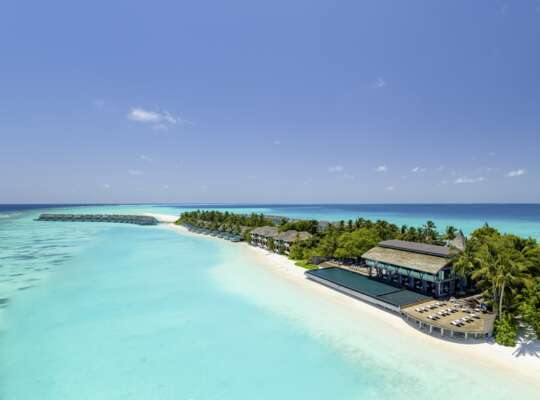
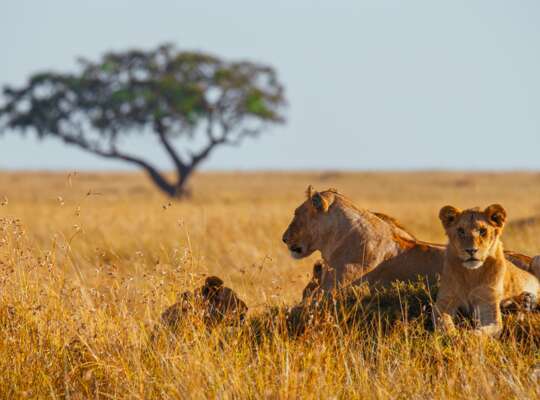
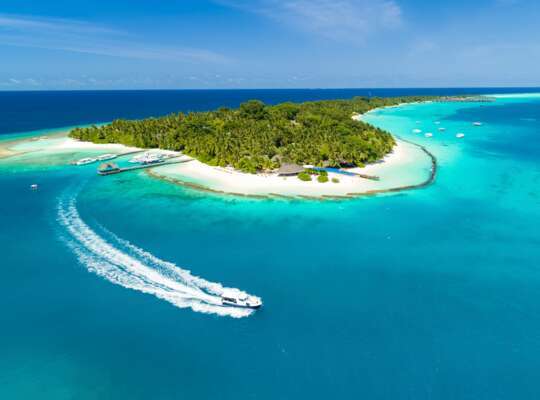
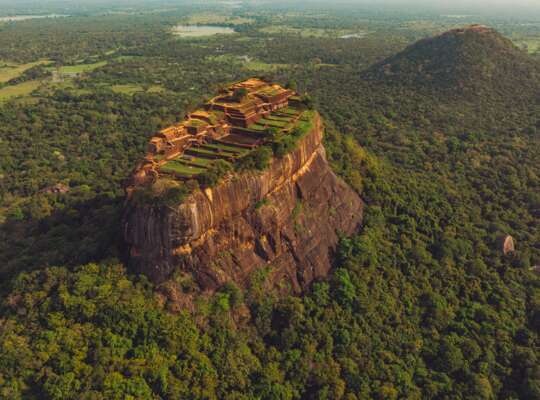
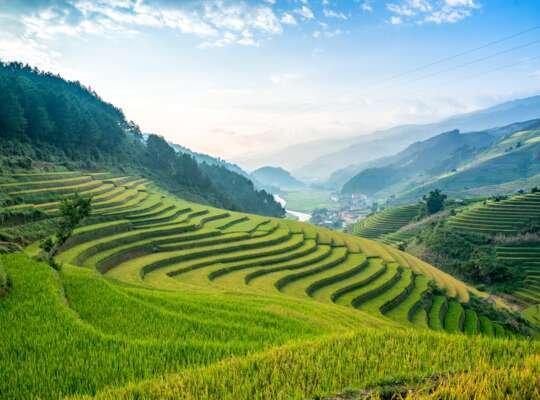
_w=636_h=896_pjpg.jpg?v=95eb7919dd068bd9580f2851174449b79059ddc5)
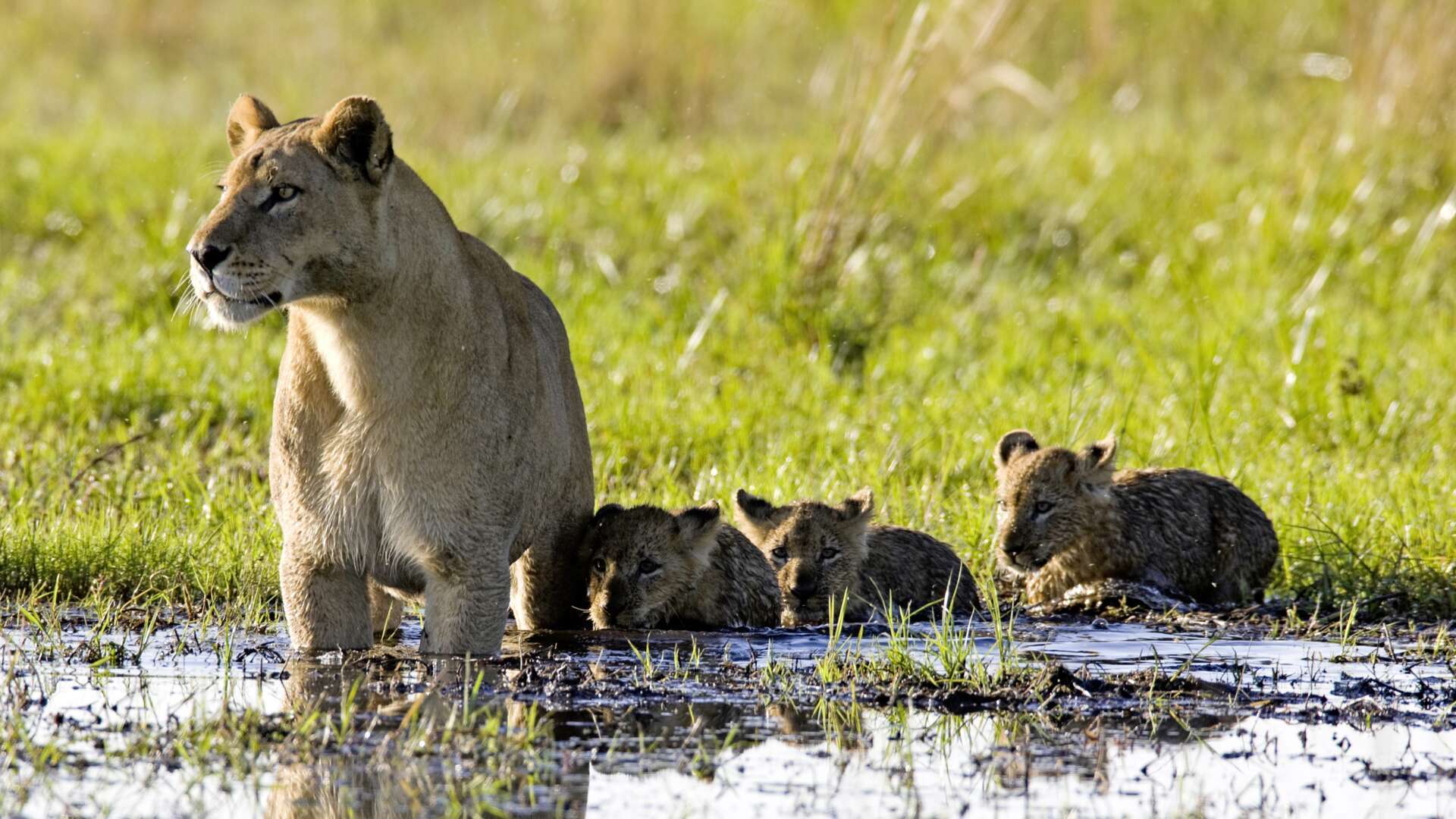
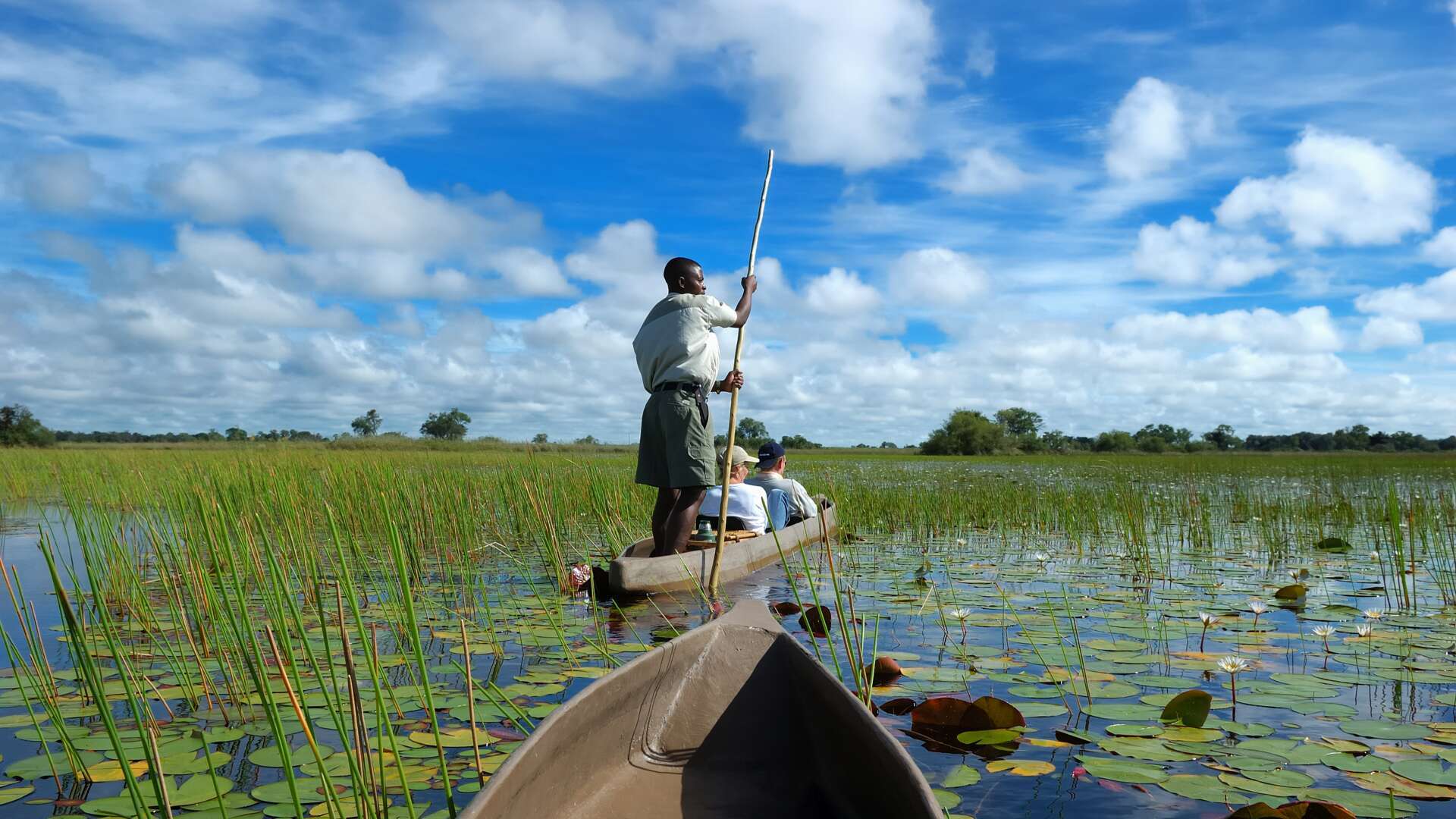

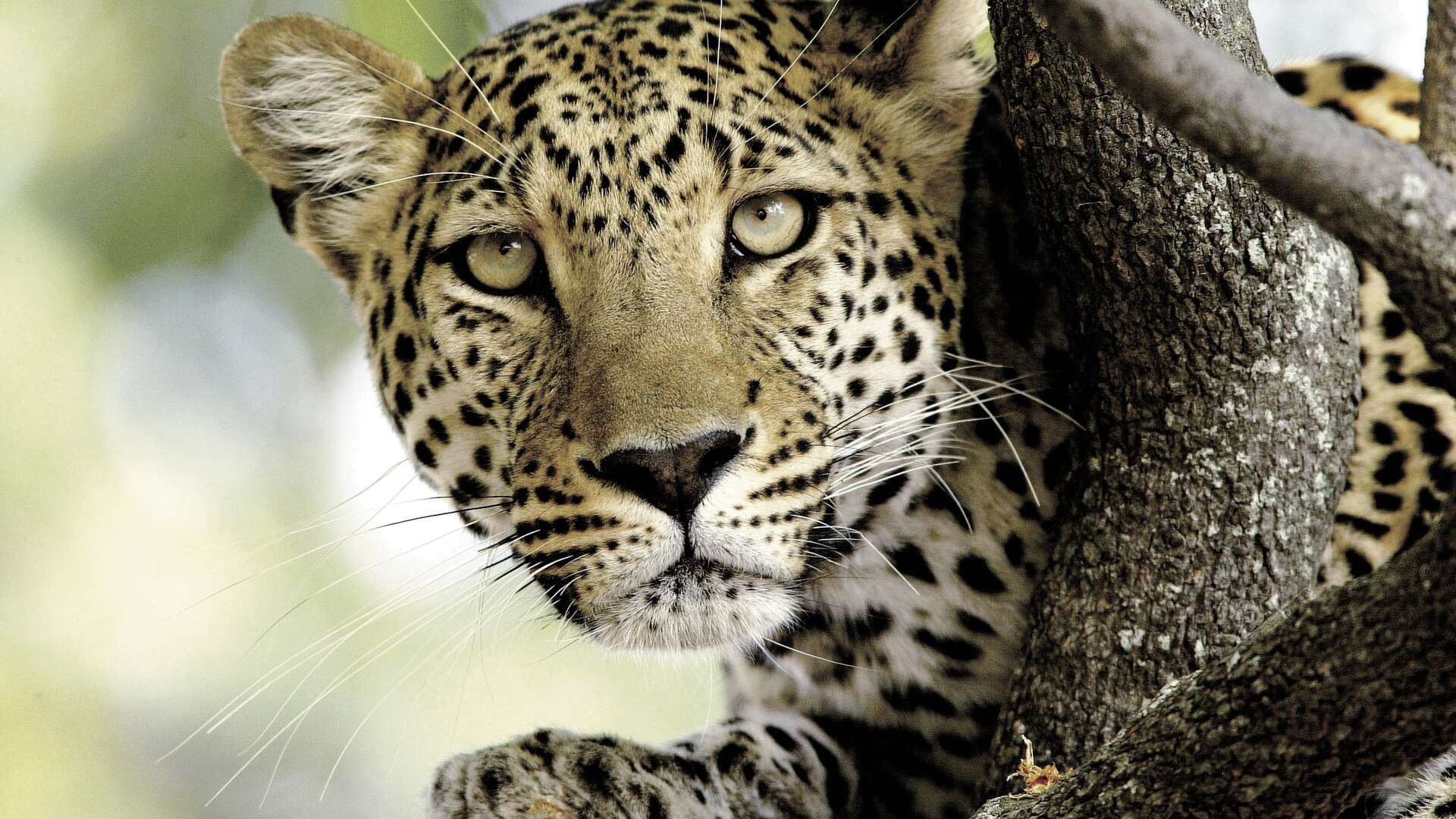

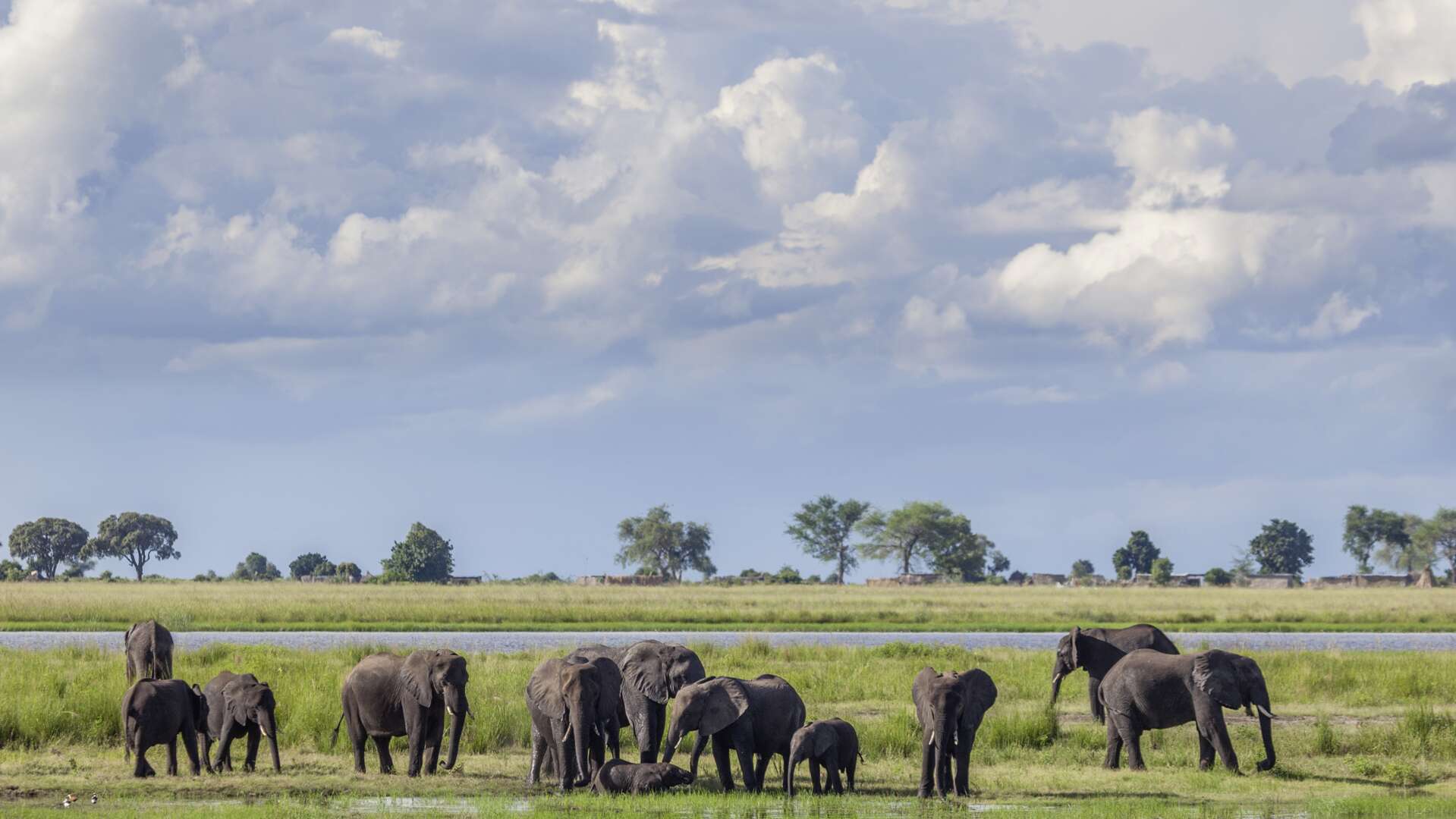










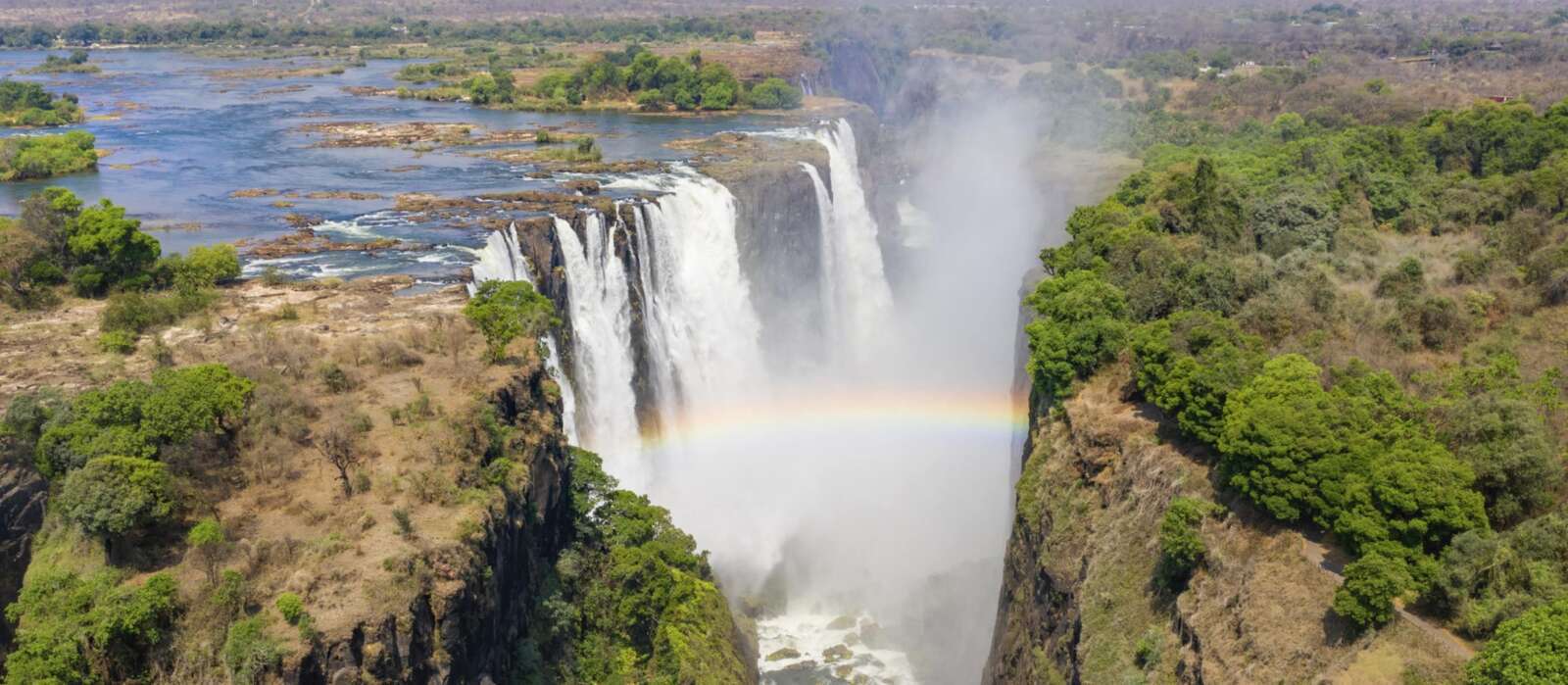
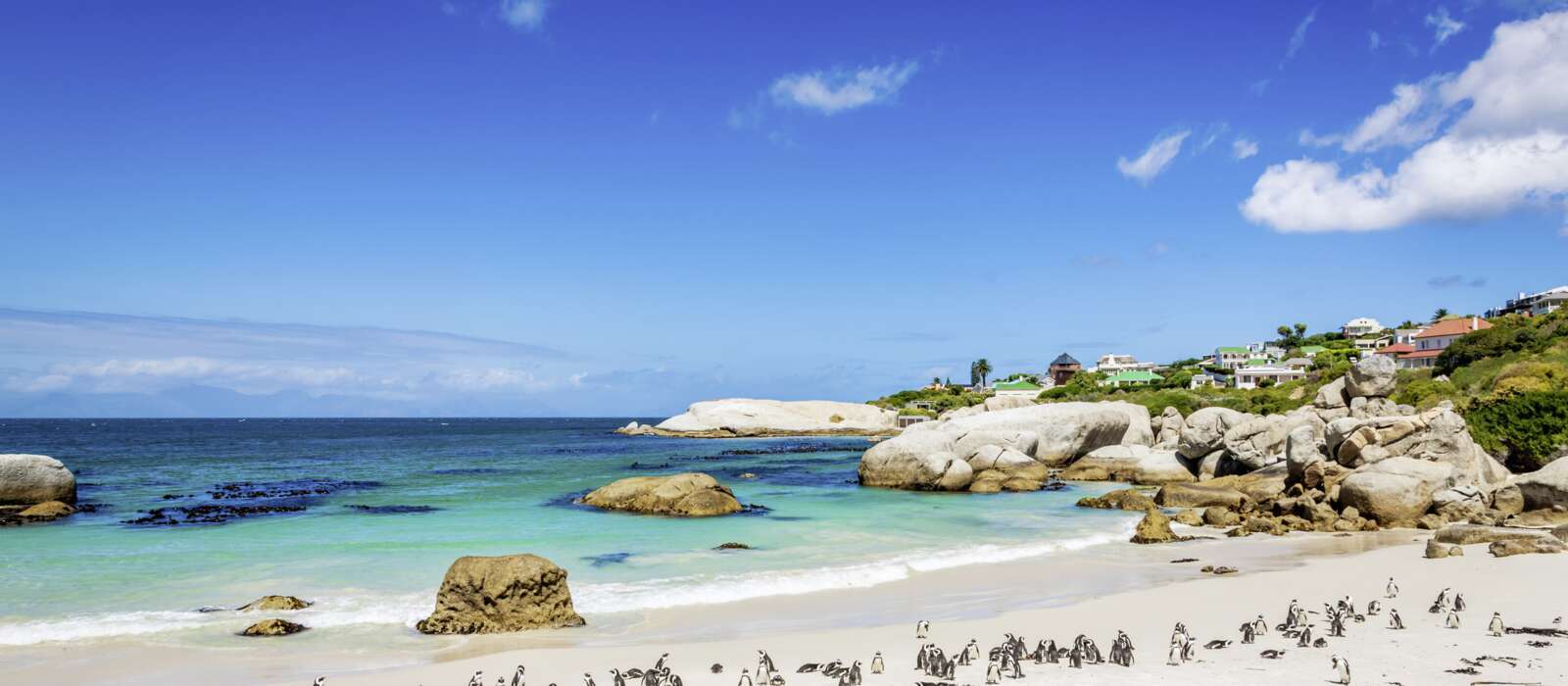
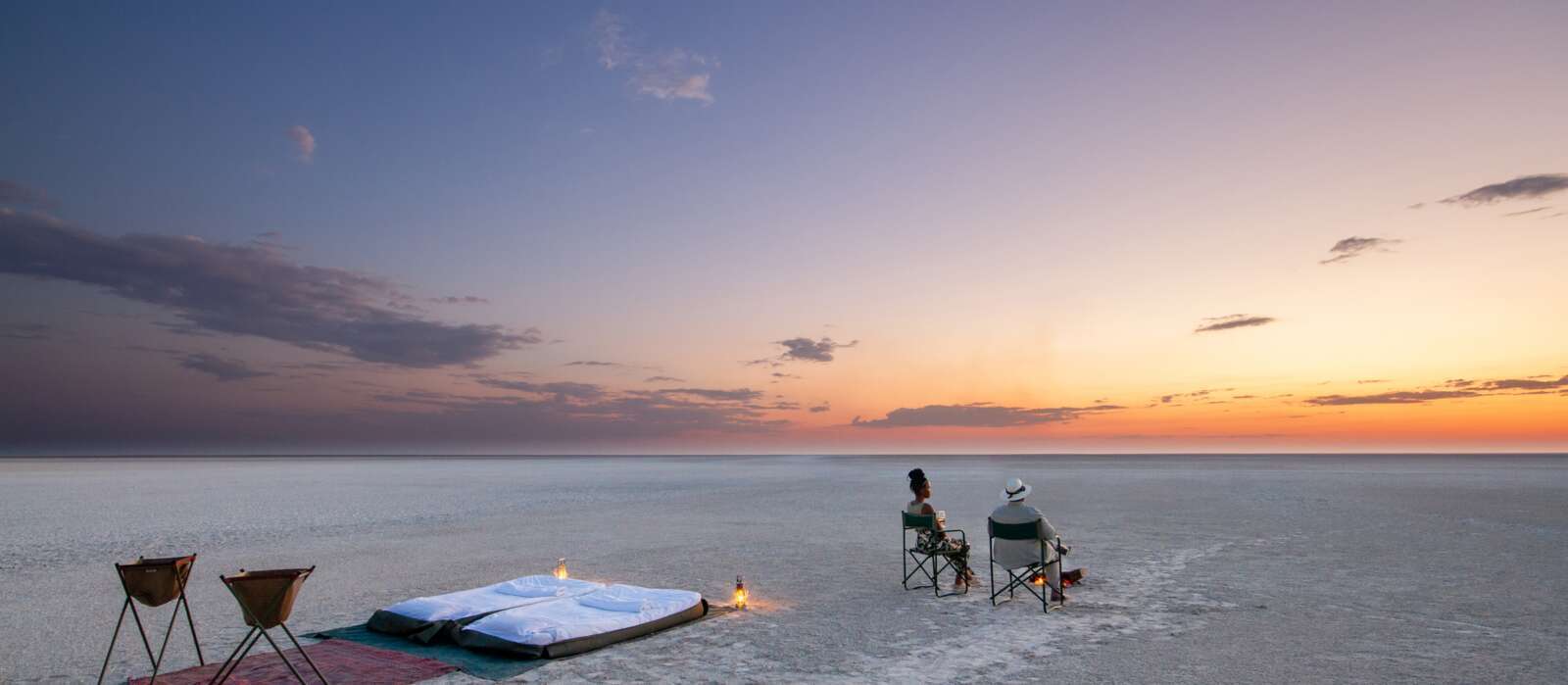
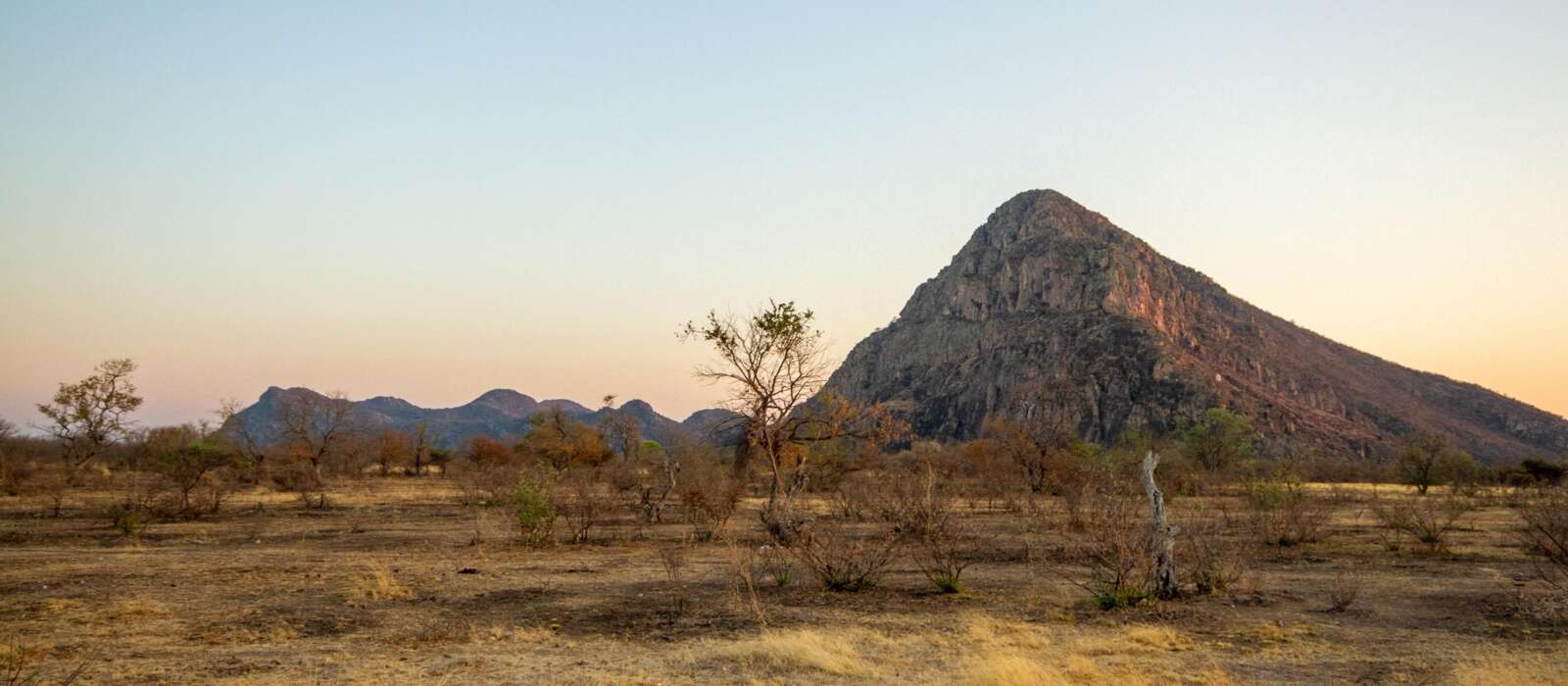


_w=24_h=25.png?v=95eb7919dd068bd9580f2851174449b79059ddc5)
_w=24_h=25.png?v=95eb7919dd068bd9580f2851174449b79059ddc5)
_w=24_h=25.png?v=95eb7919dd068bd9580f2851174449b79059ddc5)